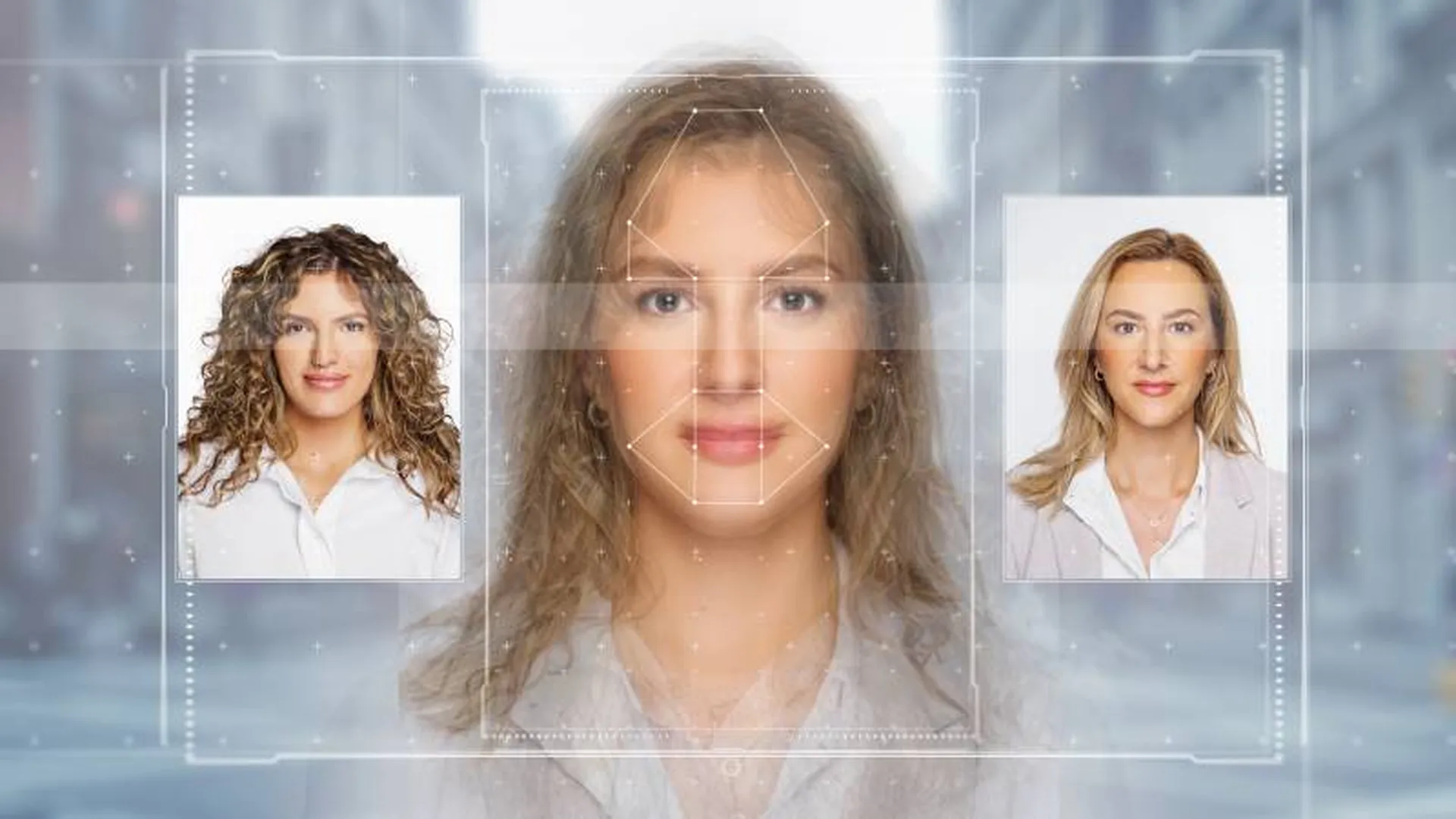Artificial intelligence has changed how we create, share, and experience digital content. One of the most interesting developments in this space is Deep Swap AI—a technology that makes it possible to switch faces in photos and videos with amazing accuracy. What was once a novelty is now being used in entertainment, education, marketing, and more. But like all AI tools, it also brings some challenges and responsibilities.
What Is Deep Swap AI?
Deep Swap AI is a face-swapping system powered by deep learning. It studies how human faces look and move, then uses that knowledge to replace one person’s face with another. The goal is to make the swap look as real as possible, matching lighting, facial expressions, and skin tones.
Unlike simple photo editing, Deep Swap AI uses neural networks to process and generate images. These networks learn patterns from thousands of face samples, allowing the AI to create realistic swaps automatically. You can try this technology through tools like face swap ai, which let users experiment with lifelike face swaps online.
How Deep Swap AI Is Used
Face swapping has quickly become part of our digital culture, but it’s not just about fun filters or social media trends. Here are some of its most common and practical uses:
- Movies and TV: Film studios use face swap AI to de-age actors, recreate old scenes, or safely shoot stunts.
- Social Media: People enjoy swapping faces with friends, celebrities, or characters for creative or humorous posts.
- Marketing and Advertising: Brands use AI face swaps to localize ads or create customized content without expensive reshoots.
- Gaming and Virtual Reality: Players can put their own faces on characters for a more immersive experience.
- Education and Art: Educators use it to teach digital ethics and creativity, while artists experiment with identity and realism.
These examples show how the same technology can support creativity across different fields.
The Benefits of Deep Swap AI
The biggest advantage of Deep Swap AI is how easy it makes digital creation. In the past, realistic face replacement required professional visual effects teams and costly software. Now, AI can handle much of the work automatically, saving time and effort.
For creators, it opens new possibilities. Filmmakers can bring historical figures to life, marketers can personalize campaigns, and individuals can explore creative storytelling. The technology also has potential in research and communication—such as using AI to anonymize people’s faces for privacy in sensitive videos.
The Risks and Ethical Challenges
While Deep Swap AI is exciting, it’s not without risks. The main concern is misuse. When used irresponsibly, it can create deepfakes—videos that look real but show people doing or saying things they never did. These can damage reputations, spread false information, or violate personal privacy.
Another issue is consent. Using someone’s face without permission is unethical and, in many cases, illegal. That’s why developers and policymakers are focusing on AI ethics, setting rules to make sure face swap tools are used safely and fairly.
Social media platforms and tech companies are also developing detection systems that can identify AI-generated content. These tools are designed to prevent the spread of harmful deepfakes and maintain trust in digital media.
Using Deep Swap AI Responsibly
For everyday users, the key is awareness. Deep Swap AI can be a great creative tool when used responsibly—always with consent, transparency, and respect for others. Before sharing AI-generated content, it’s worth considering how it might be perceived or misused.
Responsible use also means supporting technology that includes safety measures and clear privacy policies. Educating users about how AI works helps build a healthier digital environment where creativity and ethics coexist.
Final Thoughts
Deep Swap AI is part of a larger wave of AI innovations that are shaping our digital world. It offers exciting opportunities for creativity, storytelling, and learning. At the same time, it reminds us that technology should always serve people—not harm them.
When used wisely, face swapping AI represents the best of modern innovation: fun, useful, and thought-provoking. As the technology continues to evolve, it’s up to us to guide it toward positive and ethical outcomes.

